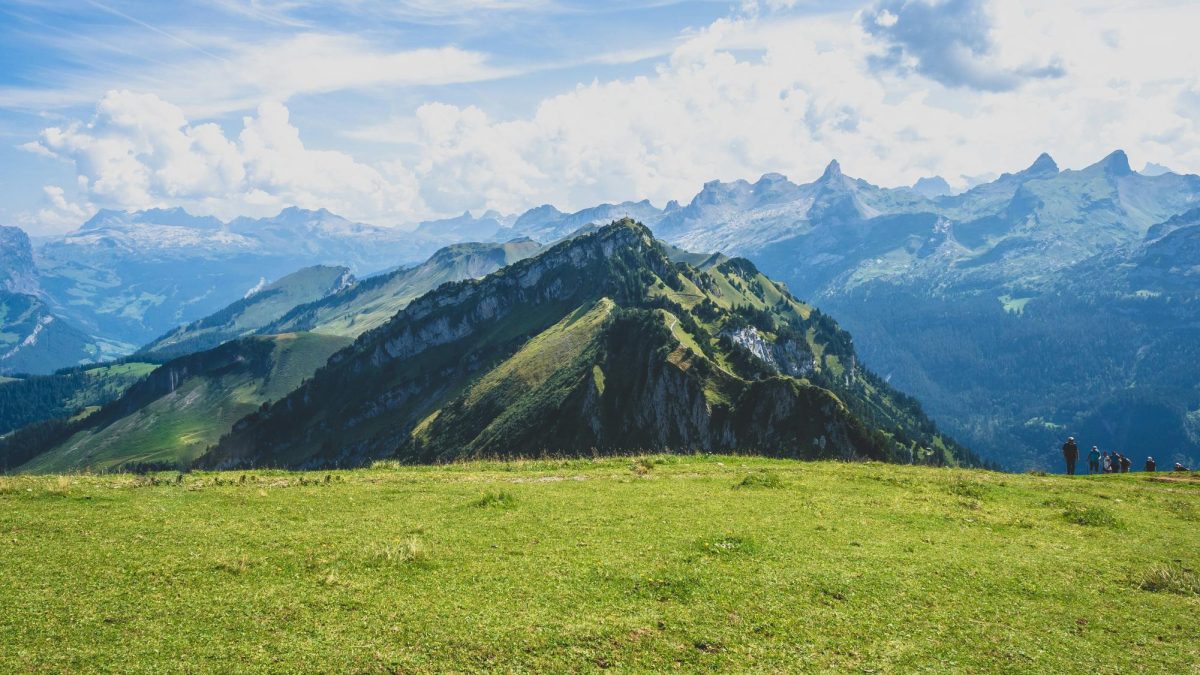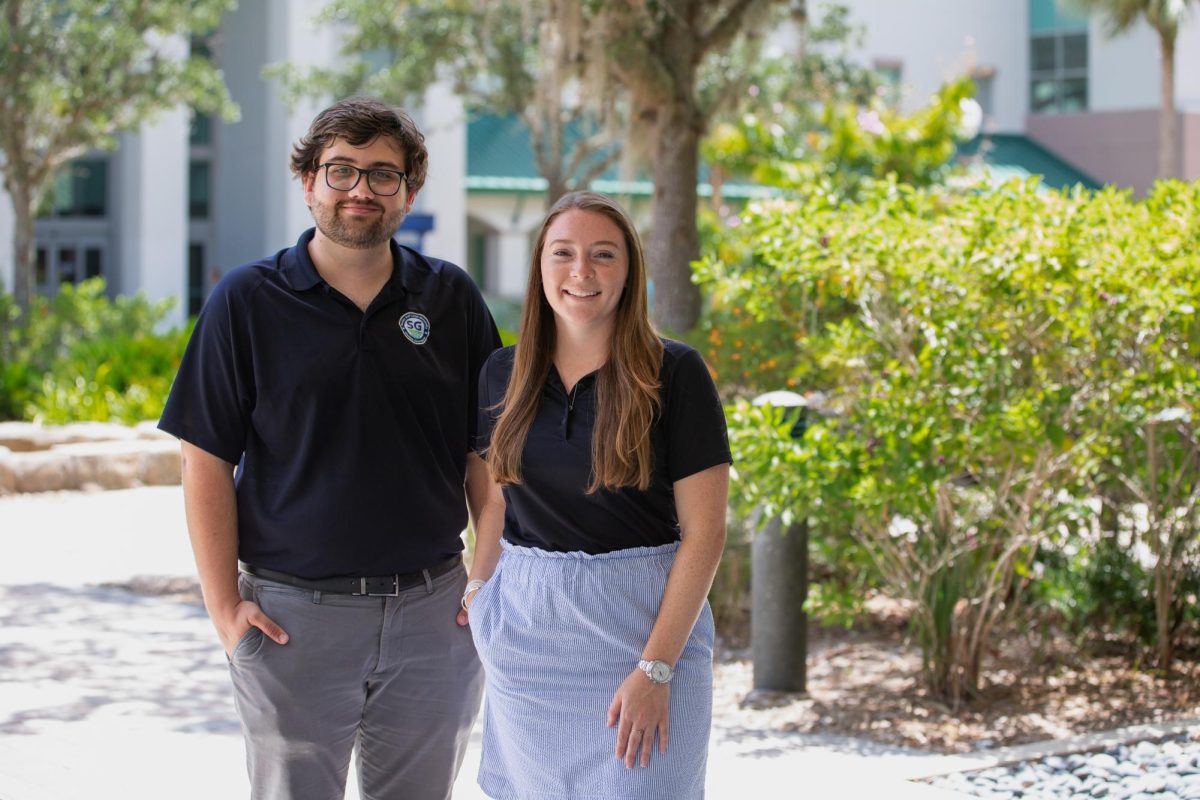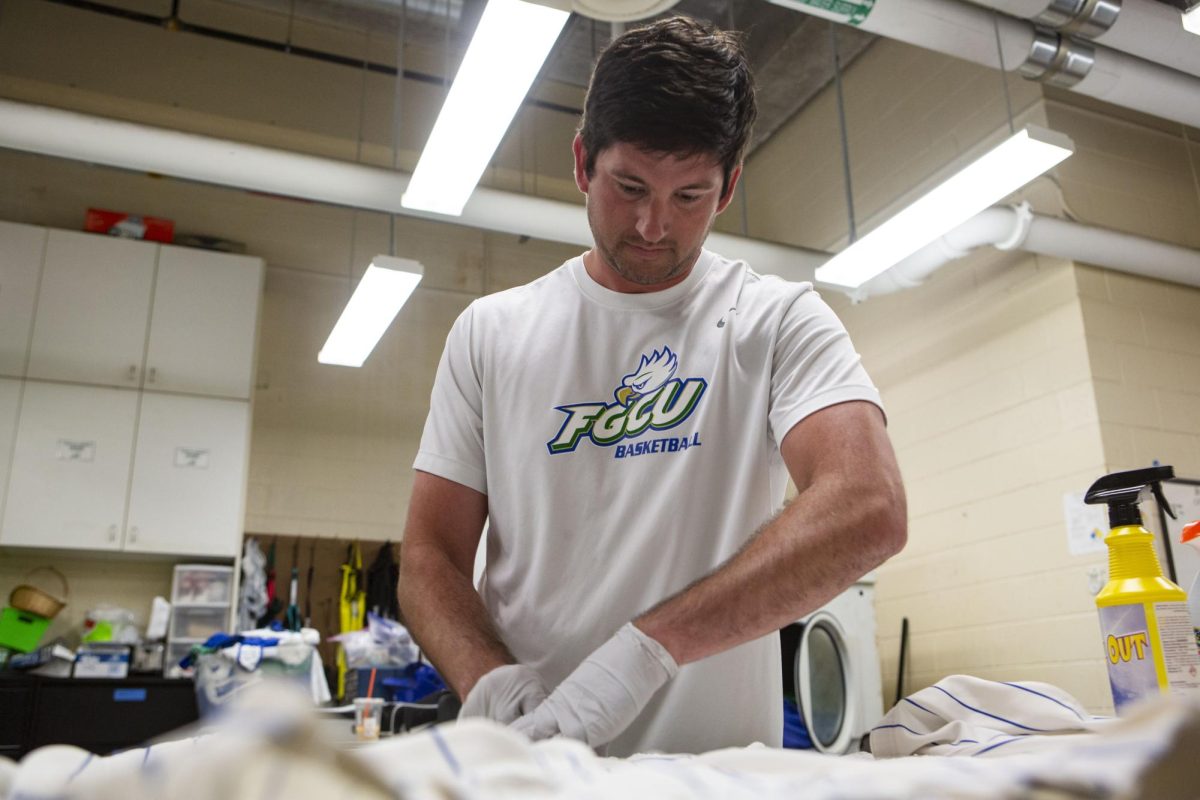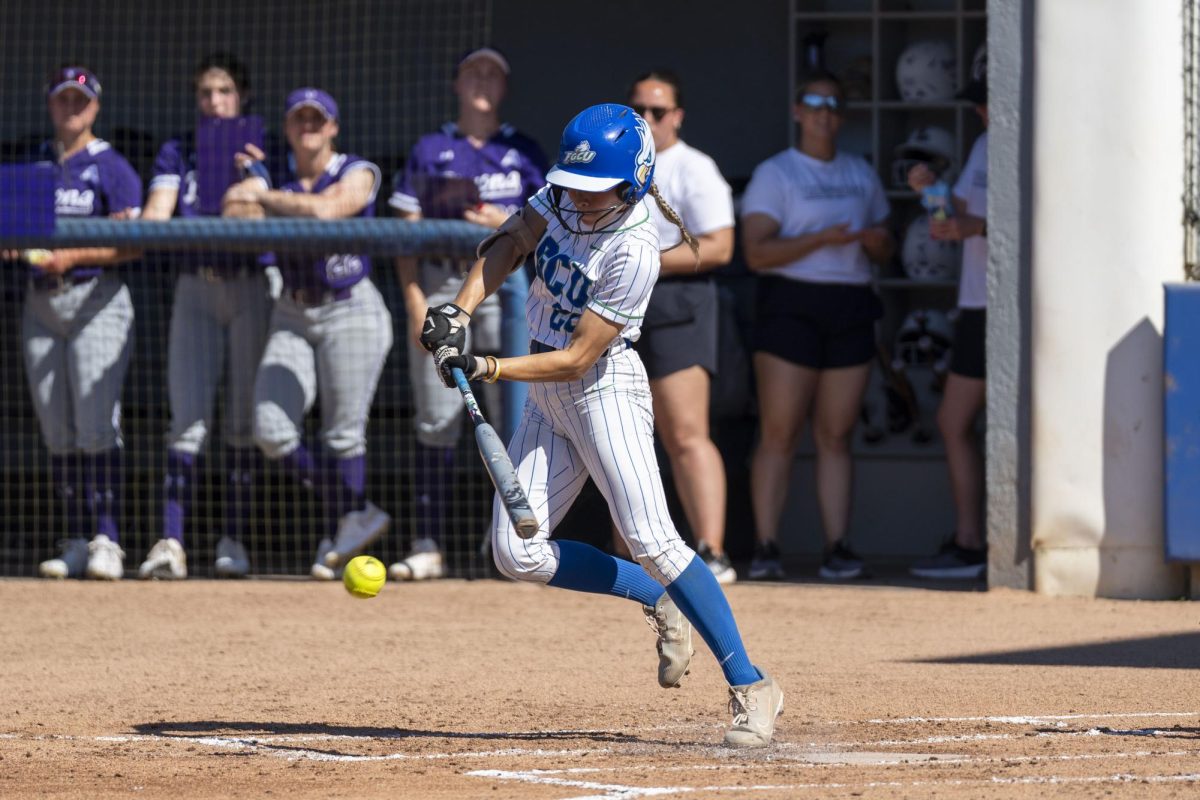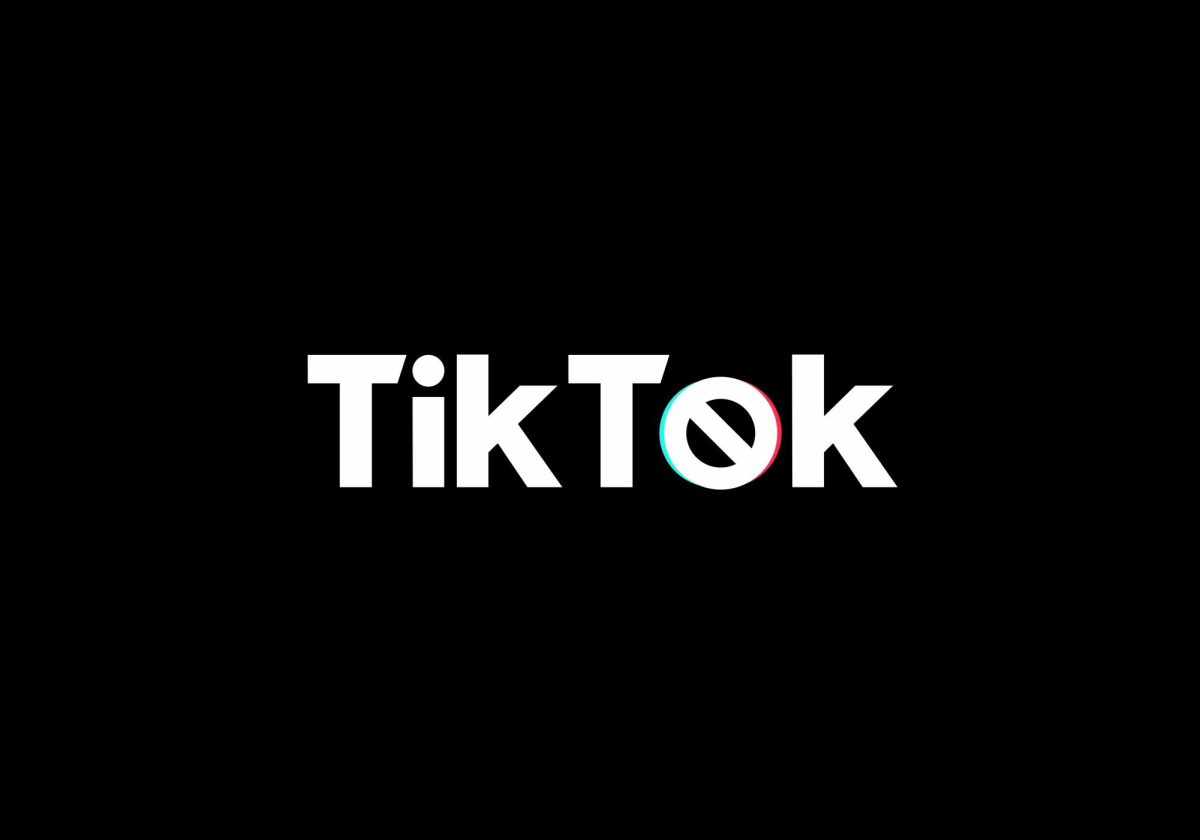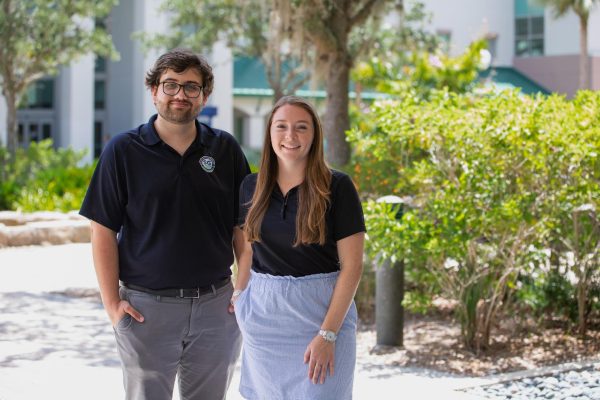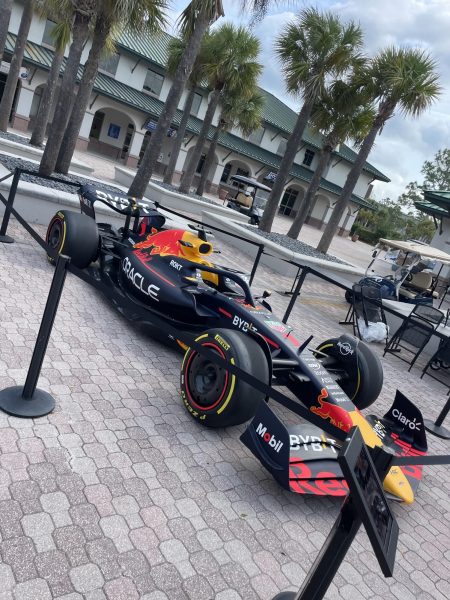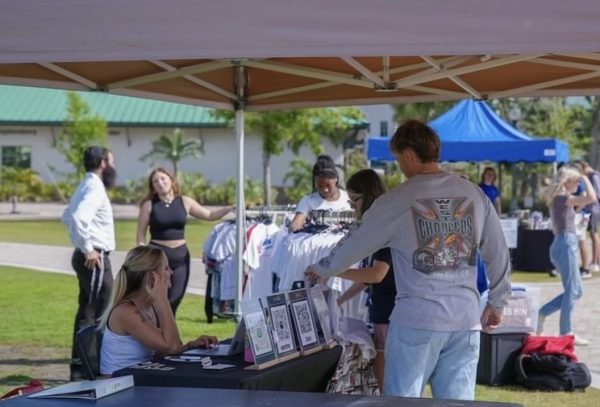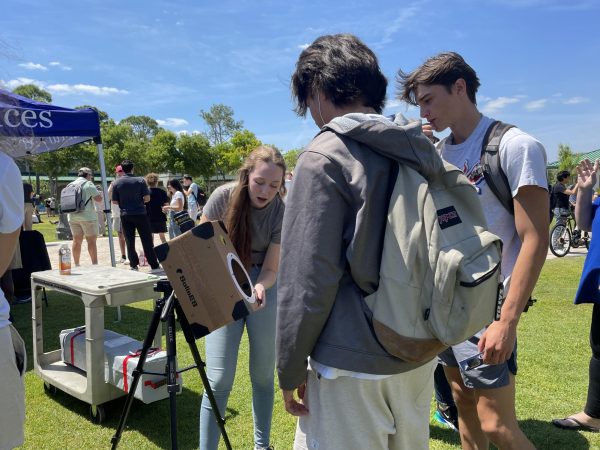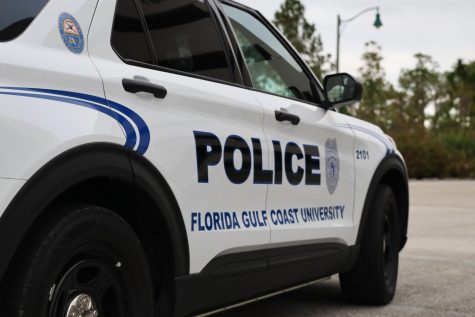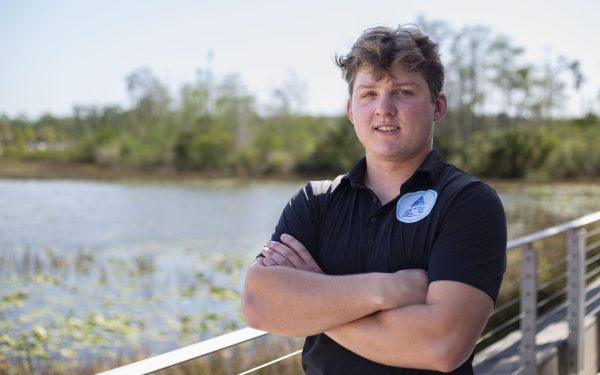FGCU’s 12-Acre Greenspace’s Continuous Impact
FGCU’s 12-acre green space is located on the corner of Ben Hill Griffin Parkway and FGCU Lake Parkway West.
March 29, 2023
On the corner of Ben Hill Griffin Parkway and FGCU Lake Parkway West, the university cleared 12 acres of land during the spring and summer of 2022. Purchased from Miromar Development Corporation in 2011, the land was covered by an Army Corps of Engineering permit that expired at the end of 2022. The purchase was $3.8 million.
During the clearing, FGCU failed to notify the U.S. Army Corps that they had purchased the land from Miromar. According to FGCU Communications Coordinator Pam McCabe, the issue was resolved this summer.
“We failed to submit the proper documentation to the Army Corps of Engineers saying, ‘This land is now ours,’” McCabe said this summer. “We are now correcting that oversite. We’ve realized the error. We’re taking the action to correct it.”
Following this correction, the clearing was done in full compliance with a legitimate and legal permit.
During fall of 2022, notably in the wake of Hurricane Ian’s downfall, the land filled with rainwater. FGCU created a berm around the land to prevent erosion, which made the area more susceptible to rainwater. Some students (and, admittedly, Eagle News) thought the clearing was a pond because of it being filled with water. Eventually, the berm dried up on its own, and did not require any draining.
While it contained water, the area was home to many organisms, and created a new habitat for local organisms. Prior to the clearing, the land was home to an invasive tree species, melaleuca. Additionally, there was concern about a portion of the cleared land being wetlands, which are vital to Southwest Florida’s ecosystem. However, Miromar accounted for this loss using wetland mitigation, the improving or creation of wetlands.
“I’m doing a project right now on alligators. We saw alligators use it. I saw wading birds use it. So, you might say they created some new habitat even though it was temporary,” Professor of Ecology and Environmental Studies Win Everham said. “If we don’t do anything with that land by next year, it will become a lake again for a period of time. Some fish will be in it, some birds will feed on it, alligators might go to it, and probably turtles will use it.”
Everham noted that while a temporary habitat was created, there is no significant ecological or hydrological impact of the land’s clearing, holding of water, or existence. This supports FGCU’s goal of being a sustainable campus. However, he said the removal of the melaleuca by bulldozer “opened a wound” on the landscape, and water carrying nutrients in the soil downstream can cause harmful algal blooms.
The water’s absence has been able to contribute to the circle of life. The drying process caused the fish to become concentrated into smaller areas, which made hunting easier for the wading birds.
Since there are no immediate plans to build over the space, the land was hydroseeded, and turned into greenspace. FGCU will maintain this space until a choice to build is made. If, or when built upon, the development would be related to community outreach. Its use signifies that the sprawl of FGCU could be nearing an end in the relatively near future.
“This is one of the last larger, upland, buildable sites available,” President Mike Martin said in an email related to the project. “The site has been designated as a location for a community connection/outreach facility for some time. It is described as Outreach District #3 in the last two Campus Master Plans (2015-25 and 2020-30), which were approved by the Board of Trustees.”
The placement of the potential future community outreach center is favorable for the public, as it is on the corner of two roadways, and easily accessible to those who want to visit.
The transition from barren land to greenspace has both environmental and moral implications. There is a conflict between wanting to preserve the environment in its natural state and wanting to see development for the sake of human life. Maintaining greenspace can provide a balance.
“People are going to keep coming here and needing facilities, and that the tradeoff should be preserving as much greenspace as we can,” Everham said. “Wetlands and greenspace buffer us against these big storms like Ian and Irma. I also think that both of those types of land nurture our spirits… We’re always going to have to find a compromise rather than fight a battle, find a compromise between protecting native habitats and building human constructs that we need to live.”

